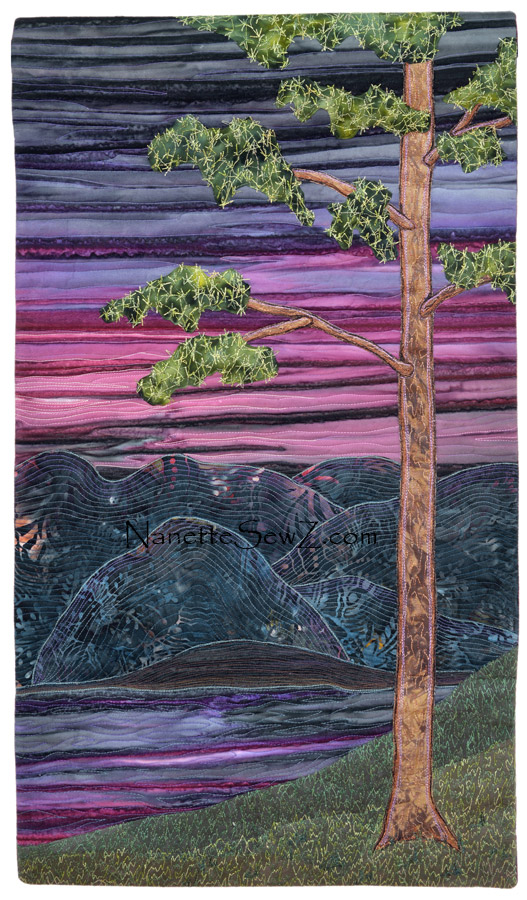 As a textile artist, I have plenty of fabric. Even with a closet full, I still find it hard to resist purchasing new yardage when it inspires me. Sometimes I store it away and occasionally pull it out to pet it. If you’re not a fabric person, this may seem odd. I understand, because when I started quilting years ago and purchased yardage I would use it all up before I purchased more for the next project. My friends sort of giggled at my “conservative” approach.
As a textile artist, I have plenty of fabric. Even with a closet full, I still find it hard to resist purchasing new yardage when it inspires me. Sometimes I store it away and occasionally pull it out to pet it. If you’re not a fabric person, this may seem odd. I understand, because when I started quilting years ago and purchased yardage I would use it all up before I purchased more for the next project. My friends sort of giggled at my “conservative” approach.
Eventually, I realized that fabric makers have a hold on us. Fabrics usually only have a limited run and then they’re gone … forever. If you purchase a little for a project and decide you need more, you may never find that fabric again. So that’s when my hoarding collecting began.
Sometimes I purchase a fabric just because I like it. Other times, I have a clear vision. That clear vision is what happened with this art quilt, “Seductive Tranquility.” The background is one piece of batik dyed fabric. The horizontal gradient of colors from blue to pink to purple is all one piece of fabric. It reminded me of a sunset and I had to purchase it.
When I made this quilt, I added the mountains, the foreground of grass and the tree. I feel peace when I see this quilt. It reminds me of sitting in a mountain cabin with the building lights behind me and the sun majestically setting in front of me.
Nature can be a very calming and meditative place. But, you have to take time to stop and look. It doesn’t require a big production or hiking adventure. When you see something, like a sunset/sunrise, cloud formations, falling leaves, an acorn in the road, a bird in a tree, whatever …. take a moment and a breathe. Observe, even if for a split second. The tiny respite will bring you peace.
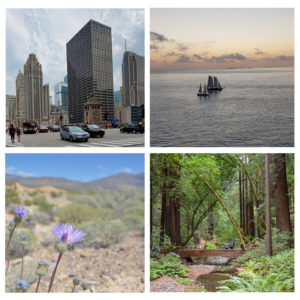

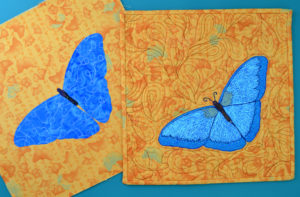
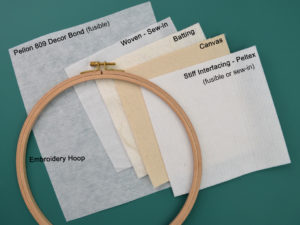
 I find inspiration walking outside in nature. I don’t even have to be in some remote, exotic location; I could be in my own backyard or a city garden. I’m always finding interesting plants, animals or landscapes that catch my attention. If I find something really inspiring, I’ll take a quick photo. I try not to be too obsessive about picture taking, because I don’t want to distract from the ultimate experience of being in the moment. Being with nature is an opportunity to have all our senses engaged. What do you see? How do you feel? What are you smelling? How does the air around you feel?
I find inspiration walking outside in nature. I don’t even have to be in some remote, exotic location; I could be in my own backyard or a city garden. I’m always finding interesting plants, animals or landscapes that catch my attention. If I find something really inspiring, I’ll take a quick photo. I try not to be too obsessive about picture taking, because I don’t want to distract from the ultimate experience of being in the moment. Being with nature is an opportunity to have all our senses engaged. What do you see? How do you feel? What are you smelling? How does the air around you feel? Throughout my life, I’ve explored new ideas. I remember as a kid making papier-mâché masks. My mom taught me how to sew and crochet when I was 10 years old. I messed around with paints and drawing. In high school I “minored” in art and had the most wonderful opportunities to study Chicago architecture and stained glass. Special bonus in my youth were field trips to the Art Institute of Chicago, Field Museum and the Museum of Science and Industry, each captivating my creative eye.
Throughout my life, I’ve explored new ideas. I remember as a kid making papier-mâché masks. My mom taught me how to sew and crochet when I was 10 years old. I messed around with paints and drawing. In high school I “minored” in art and had the most wonderful opportunities to study Chicago architecture and stained glass. Special bonus in my youth were field trips to the Art Institute of Chicago, Field Museum and the Museum of Science and Industry, each captivating my creative eye.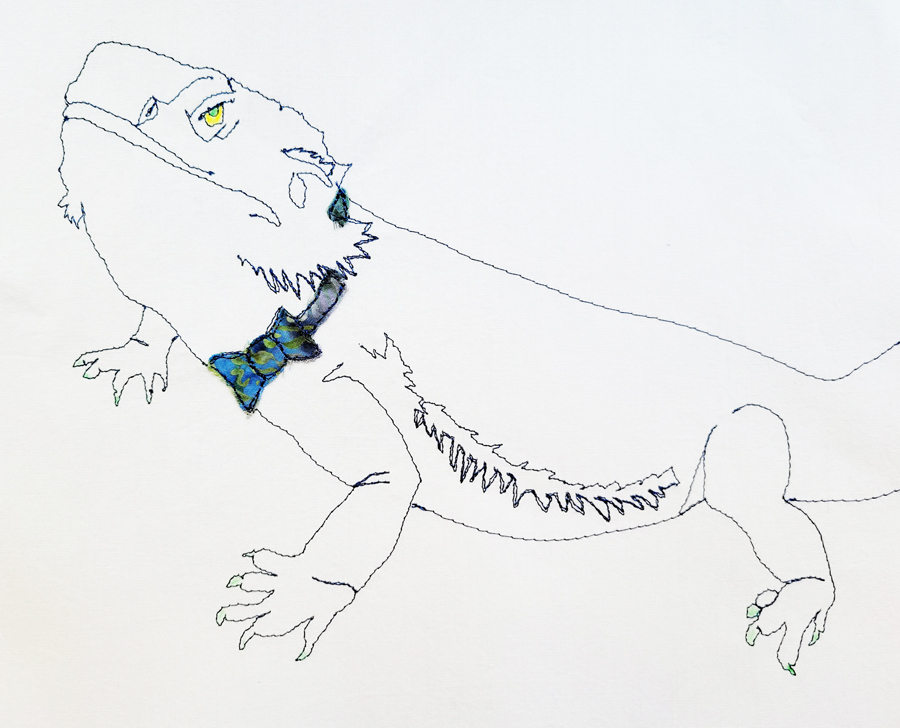 My life has been on overload this month. I can’t complain about any of it, but with the past 18 months of not much going on, this month is making me feel tired. Good news is October starts on Friday and I’ll be able to look at September in the rear view mirror and an emptier calendar.
My life has been on overload this month. I can’t complain about any of it, but with the past 18 months of not much going on, this month is making me feel tired. Good news is October starts on Friday and I’ll be able to look at September in the rear view mirror and an emptier calendar.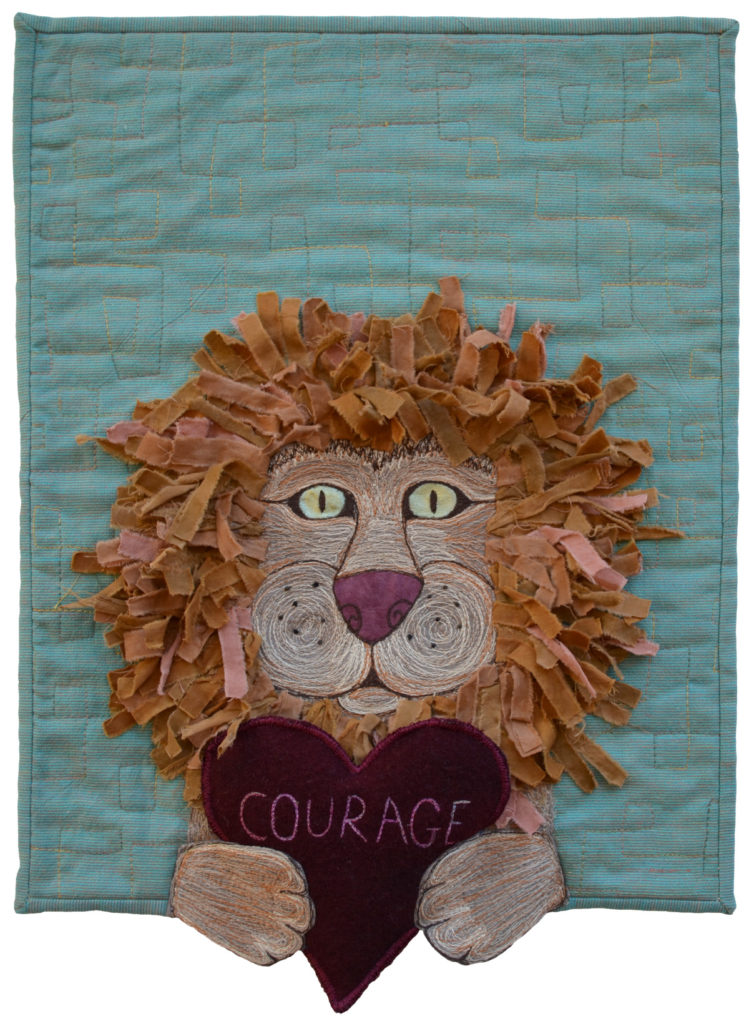 Last week I wrote about fear and how it may affect us when we make art. Fear is an emotion. It is there or it is not. With fear we can either accept the proverbial lion facing us or take action to change the outcome. That takes courage.
Last week I wrote about fear and how it may affect us when we make art. Fear is an emotion. It is there or it is not. With fear we can either accept the proverbial lion facing us or take action to change the outcome. That takes courage.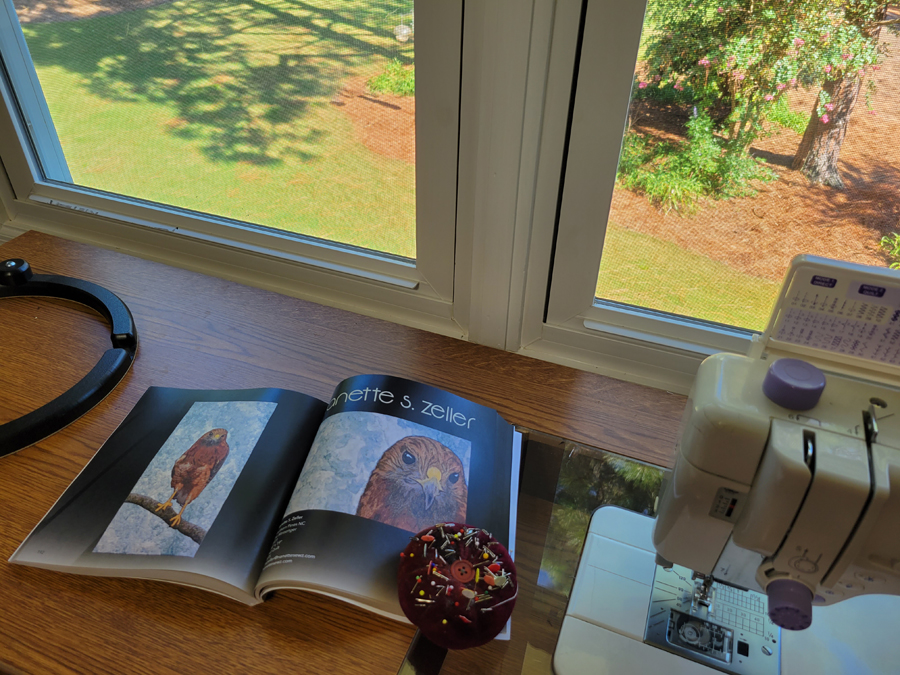 Imagine you’re driving down the road and you come across a barrier that keeps you from moving forward toward your destination. What would you do?
Imagine you’re driving down the road and you come across a barrier that keeps you from moving forward toward your destination. What would you do? It’s clear to me that this new-normal is affecting many of us. I definitely feel a different level of anxiety. Things are clearly different than they were 2 years ago. It’s not just about my physical and mental health, there’s also external stressors like access to supplies. I can’t tell you how many things I normally use which have become difficult to find/purchase. Where I live, I frequently find empty shelves and it requires extra diligence to track down that thing I’m looking for. [Honestly, how many stores do I have to go to find my cat’s favorite food?]
It’s clear to me that this new-normal is affecting many of us. I definitely feel a different level of anxiety. Things are clearly different than they were 2 years ago. It’s not just about my physical and mental health, there’s also external stressors like access to supplies. I can’t tell you how many things I normally use which have become difficult to find/purchase. Where I live, I frequently find empty shelves and it requires extra diligence to track down that thing I’m looking for. [Honestly, how many stores do I have to go to find my cat’s favorite food?]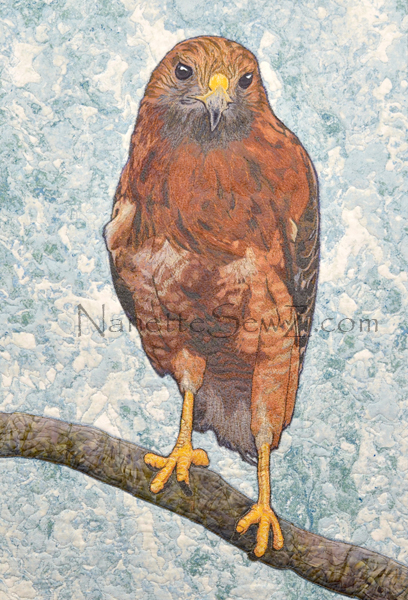 Have you ever had a feeling that you foresaw the future? The word for this is prognosticate, meaning foretell or prophesying the future. Every so often I observe this connection in myself. It’s a bit of a crazy feeling because I don’t tend to go around predicting the future. Yet sometimes I look back on events to embrace that maybe I had some subconscious premonition. Let me explain by first sharing my artist statement for “The Messenger.”
Have you ever had a feeling that you foresaw the future? The word for this is prognosticate, meaning foretell or prophesying the future. Every so often I observe this connection in myself. It’s a bit of a crazy feeling because I don’t tend to go around predicting the future. Yet sometimes I look back on events to embrace that maybe I had some subconscious premonition. Let me explain by first sharing my artist statement for “The Messenger.”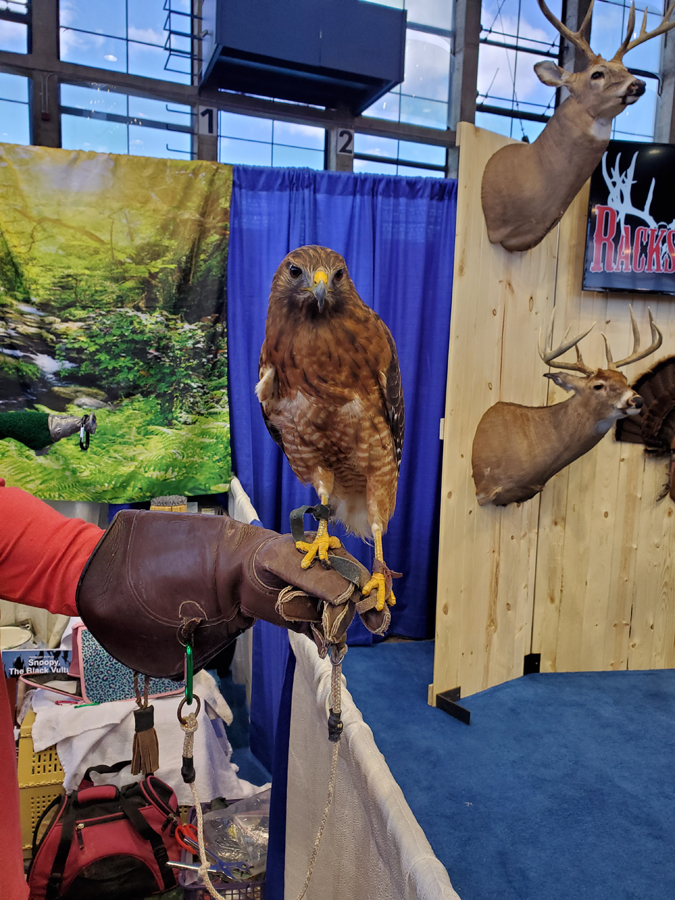 The Story:
The Story: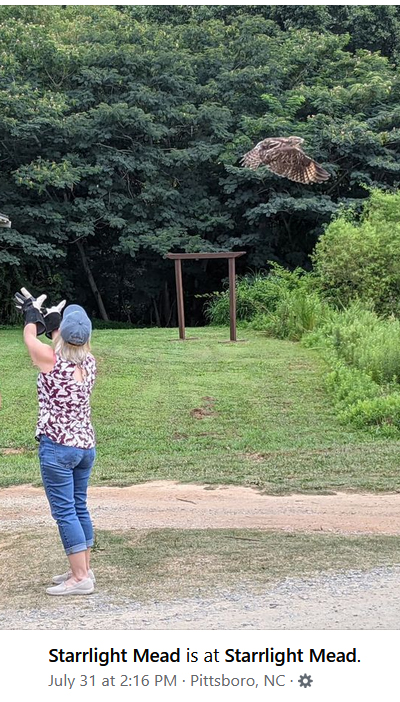 I wrote the artist statement after I completed the art quilt “The Messenger”. If you look at the photo, you could see what I was thinking about when I wrote the prose.
I wrote the artist statement after I completed the art quilt “The Messenger”. If you look at the photo, you could see what I was thinking about when I wrote the prose.